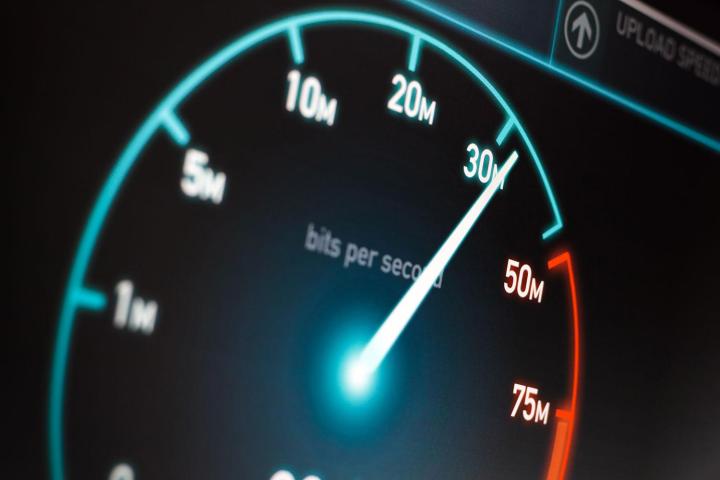
Internet Essentials, whose establishment was mandated four years ago after Comcast acquired NBCUniversal, costs only $10 a month — just 25 percent of the price other customers pay for faster connections. Families with children who qualify for discounted lunch are currently eligible to purchase the Essentials plan, as are senior citizens. But for years, customers found that these low prices came at a cost: incredibly slow Internet.
Arturo Carmona, executive director of Presente, a Latino advocacy group, told the Associated Press, “The increasing of the speed is a step in the right direction. The real test will be in assuring that actual families will benefit from this.” Currently, it is estimated that some 20 percent of eligible households are enrolled in the program, but now that Comcast has extended the service range for Internet Essentials, this participation level may go up.
Hopefully, this will begin to address the frequently mentioned “homework gap,” a phenomenon some experts have observed between children of more affluent, Internet-connected families who have the technology at home to complete homework assignments that require them to go online. Already, access to Internet is a major marker of socioeconomic status, not only in the United States, but across the world.
While Comcast’s new and improved solution isn’t perfect, it’s certainly a significant improvement. And as more and more programs seek to address the discrepancy in Internet access across the country, we may be inching closer towards the recognition of the Internet as a basic right in the United States.


